Opinion: Despite painful history, Colorado’s tribal nations and Fort Lewis College found path toward reconciliation
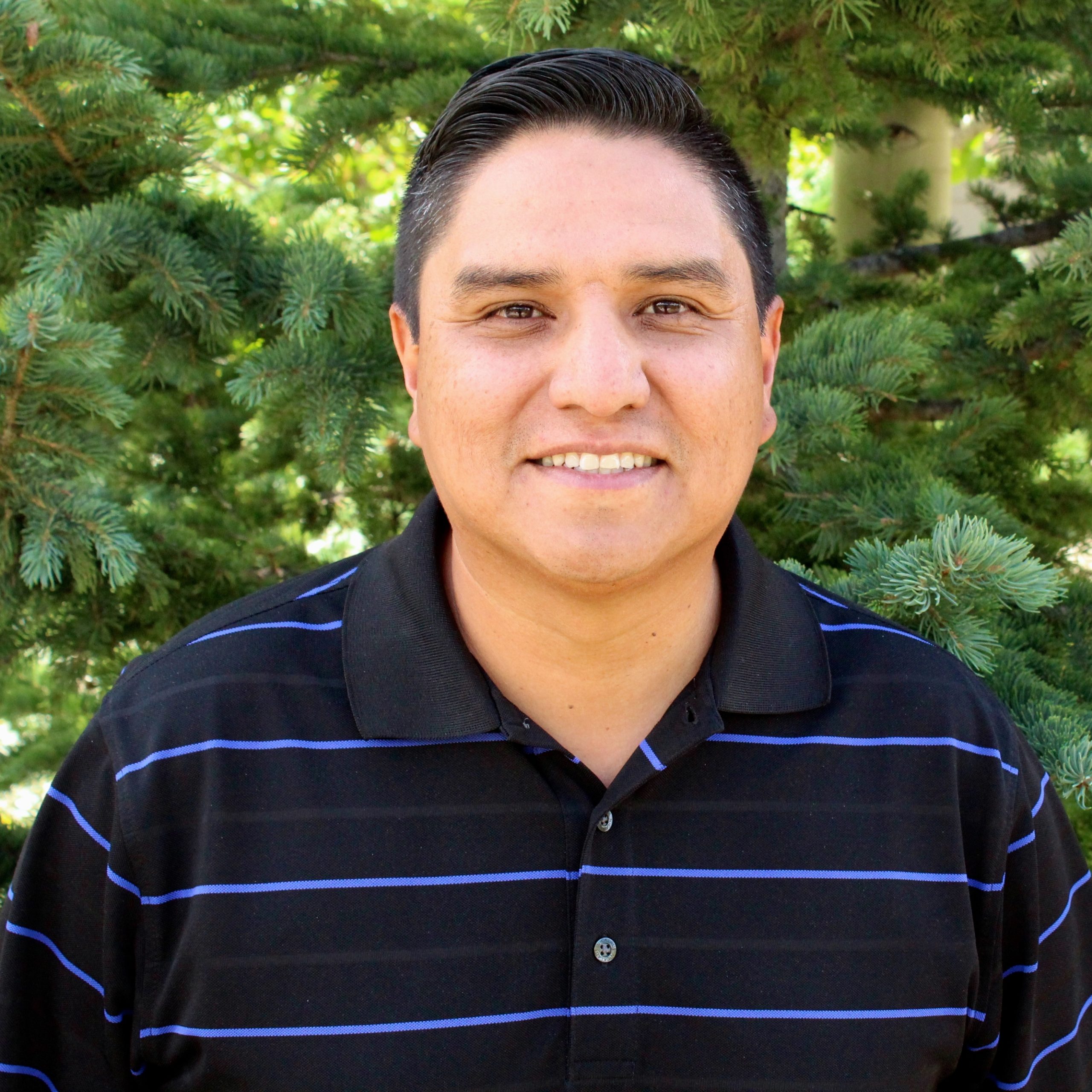
By Ernest House, Jr.
For thousands of years, beginning long before there was ever a line demarking its borders, Colorado has been home to American Indian residents.
There were once 48 tribes in this region, but now only two have lands remaining in the state. The oldest, continuous residents of Colorado are the Ute Mountain Ute and Southern Ute Tribes in southwest Colorado.
How these tribes were consolidated into just a corner of the state, and how others were forcefully removed or murdered, is part of the dark and checkered past of Colorado that many communities are currently trying to reconcile.
In 2014, as executive director for the Colorado Commission of Indian Affairs, I worked with Gov. John Hickenlooper as he made a formal apology for the Sand Creek Massacre, a horrific slaughter of hundreds of Cheyenne and Arapaho people. Acknowledging how the past influences the future is something that Colorado has tried hard to embrace in recent years.
As a Colorado resident and member of the Ute Mountain Ute Tribe, I am proud of our work to reconcile the historic treatment of American Indians for future generations. But this work can’t happen in a vacuum – we all need to play a role.
Currently, I serve as chair of the board of trustees at Fort Lewis College in Durango, which offers 55 undergraduate degrees in a stunning natural and cultural setting.
Fort Lewis College also plays an important role in the future strength of tribal nations – any students from any federally recognized tribe can attend tuition-free (they are still responsible for student fees, books, and room and board).
This arrangement dates back to 1911 and continues to be honored because of the state of Colorado’s commitment to American Indian students. Of the American Indian students who attend Fort Lewis College, 75% are members of tribes who have historical land claims to Colorado.
This forward-looking attempt to support American Indian education stands in contrast to a part of its past – FLC began as an Indian boarding school, characterized by forced assimilation of students.
Off-reservation residential boarding schools began in the 1870s and continued through the 1970s, with the expressed intent of stripping American Indian culture, language, and values from students and replacing them with mainstream American life.
In 1879, Col. Richard Henry Pratt, one of the leaders of the boarding school system, led the Carlisle Indian Industrial School under the motto, “Kill the Indian, and save the man.” Today we know that residential boarding schools were just another attempt to extinguish our way of life, and this erasure severely impacted generations of American Indians.
Growing up just 50 miles from FLC, I always found it ironic that the college, with its genesis as an Indian boarding school, was deeply concerned about the education of American Indian students. That contradiction is at the heart of what reconciliation is about.
Recently, FLC President Tom Stritikus sent a campus-wide communication acknowledging this contradiction and announcing a process to look at the way campus symbols depict the Indian boarding school past.
In a prominent part of campus there is a panel display of photos from the FLC boarding school era, portraying Native students smiling in Western dress.
These types of photos don’t ring true to many of my relatives who entered schools and were forced to cut their hair, change their dress, and stop speaking their language. Rather than just take the flawed panels down, the campus will take the time to talk to various community members to discuss how to best tell this shared history.
Just as we feel a deep connection to this land, we feel a deep connection to our past – all of us, from the diverse constituencies of our rural and urban communities. Reconciliation efforts can build on this respect we have for the state.
I’ve seen communities come together in great ways to transform the rhetoric and recognition of the original residents of Colorado, and build cultures of inclusivity where there weren’t before.
I’m grateful for the leaders who are listening to my people and helping guide these efforts. Fort Lewis College and others are welcomed by the American Indian community and will help us move toward the kind of future we want to build. But we can only do it together.
Ernest House, Jr., is the Fort Lewis College board of trustees chair and senior policy director at the Keystone Policy Center, overseeing Keystone’s American Indian/Alaska Native program.
This op-ed originally appeared in the Colorado Sun on Nov. 10. The Colorado Sun is a reader-supported news organization that covers people, places and issues of statewide interest. To sign up for free newsletters, subscribe or learn more, visit ColoradoSun.com.

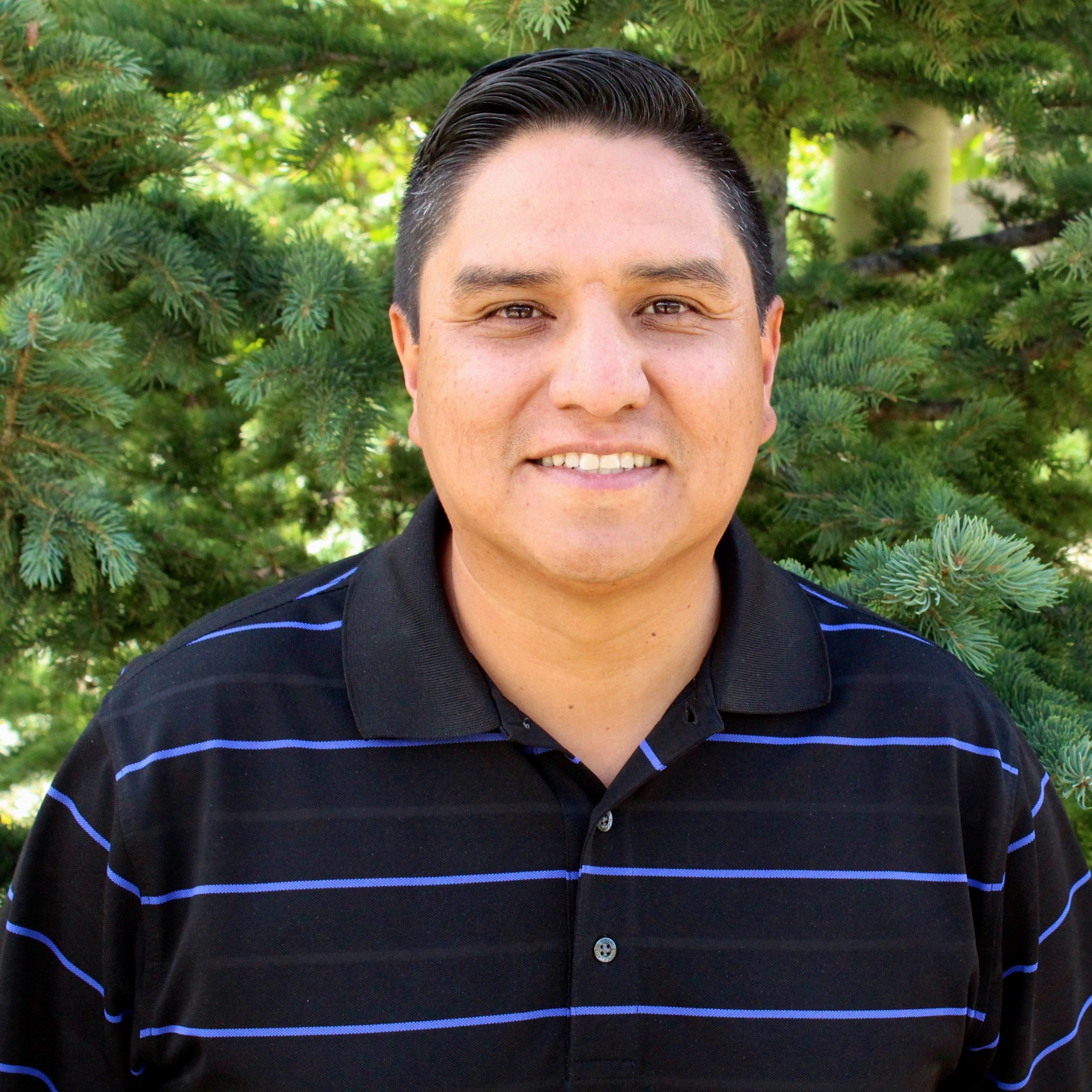
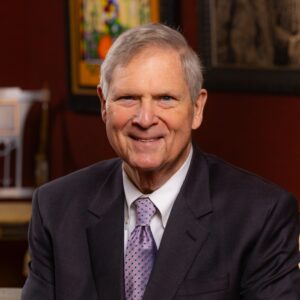 Effective March 1, 2025, Thomas J. Vilsack, former United States Secretary of Agriculture and Governor of Iowa, became the first Chief Executive Officer for the World Food Prize Foundation. In this new role, Governor Vilsack is focusing on expanding the Foundation’s global network, and will further position the Foundation as a leader in addressing global food and nutrition insecurity, continuing his lifetime of public service.
Effective March 1, 2025, Thomas J. Vilsack, former United States Secretary of Agriculture and Governor of Iowa, became the first Chief Executive Officer for the World Food Prize Foundation. In this new role, Governor Vilsack is focusing on expanding the Foundation’s global network, and will further position the Foundation as a leader in addressing global food and nutrition insecurity, continuing his lifetime of public service. Shelby Coffey III is a distinguished journalist, media executive, and thought leader whose career has helped shape the landscape of American news and public discourse. Over several decades, Coffey has held some of the most influential roles in journalism, including serving as editor of the Los Angeles Times, executive vice president of ABC News, and deputy managing editor of The Washington Post. His editorial leadership extended to key roles as president of CNN Financial News, editor of the Dallas Times Herald, and U.S. News & World Report.
Shelby Coffey III is a distinguished journalist, media executive, and thought leader whose career has helped shape the landscape of American news and public discourse. Over several decades, Coffey has held some of the most influential roles in journalism, including serving as editor of the Los Angeles Times, executive vice president of ABC News, and deputy managing editor of The Washington Post. His editorial leadership extended to key roles as president of CNN Financial News, editor of the Dallas Times Herald, and U.S. News & World Report. Jerry Steiner has spent 40 years involved in agriculture following growing up on a Wisconsin dairy farm. He began his career with Monsanto, in multiple business leadership roles. From 2003-2013 he served as a member of the Executive team, as the company’s Executive Vice President of Sustainability and Corporate Affairs. He led the company’s global Government, Public and Industry Affairs teams across the 70 countries where Monsanto conducts business. This experience got Jerry connected to the Keystones centers work in agriculture. Key among his responsibilities were shaping the company’s public policy and building partnerships aimed at helping farmers around the world produce more food, while conserving valuable resources like water and energy. Two unique partnership that developed under his leadership were drought tolerant corn with 5 African countries, CIMMYT and the Gates foundation, and a building a sustainable business model in Brazil with the value chain leading to significant multi-company investment and soybean varieties that can protected themselves.
Jerry Steiner has spent 40 years involved in agriculture following growing up on a Wisconsin dairy farm. He began his career with Monsanto, in multiple business leadership roles. From 2003-2013 he served as a member of the Executive team, as the company’s Executive Vice President of Sustainability and Corporate Affairs. He led the company’s global Government, Public and Industry Affairs teams across the 70 countries where Monsanto conducts business. This experience got Jerry connected to the Keystones centers work in agriculture. Key among his responsibilities were shaping the company’s public policy and building partnerships aimed at helping farmers around the world produce more food, while conserving valuable resources like water and energy. Two unique partnership that developed under his leadership were drought tolerant corn with 5 African countries, CIMMYT and the Gates foundation, and a building a sustainable business model in Brazil with the value chain leading to significant multi-company investment and soybean varieties that can protected themselves. Jennifer Morris is the Chief Executive Officer of The Nature Conservancy, leading a team of nearly 6,000 staff working in more than 80 countries and territories tackling the dual crises of the
Jennifer Morris is the Chief Executive Officer of The Nature Conservancy, leading a team of nearly 6,000 staff working in more than 80 countries and territories tackling the dual crises of the 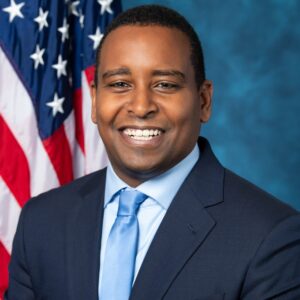 Congressman Joe Neguse represents Colorado’s 2nd District in the U.S. House of Representatives. He was elected to his first term in November 2018, becoming the first Black Member of Congress in Colorado history. In December 2022, Rep. Neguse was elected by his colleagues to serve as Chair of the Democratic Policy and Communications Committee (DPCC), becoming the first Coloradan to serve in a senior elected leadership role in the House in over 85 years. He serves on the Natural Resources and Judiciary Committees, and was also appointed by House Minority Leader Hakeem Jeffries to serve as one of four Democrats on the prestigious Rules Committee. Rep. Neguse serves as Ranking Member on the House Subcommittee on Federal Lands, which he previously Chaired in the 117th Congress.
Congressman Joe Neguse represents Colorado’s 2nd District in the U.S. House of Representatives. He was elected to his first term in November 2018, becoming the first Black Member of Congress in Colorado history. In December 2022, Rep. Neguse was elected by his colleagues to serve as Chair of the Democratic Policy and Communications Committee (DPCC), becoming the first Coloradan to serve in a senior elected leadership role in the House in over 85 years. He serves on the Natural Resources and Judiciary Committees, and was also appointed by House Minority Leader Hakeem Jeffries to serve as one of four Democrats on the prestigious Rules Committee. Rep. Neguse serves as Ranking Member on the House Subcommittee on Federal Lands, which he previously Chaired in the 117th Congress.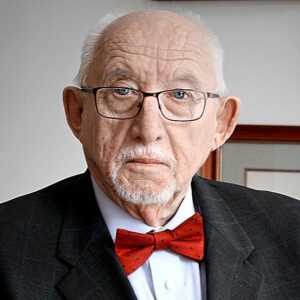 Llewellyn King was born in Southern Rhodesia, now Zimbabwe. He went into journalism as soon as he turned 16, stringing for Time magazine and United Press in Africa.
Llewellyn King was born in Southern Rhodesia, now Zimbabwe. He went into journalism as soon as he turned 16, stringing for Time magazine and United Press in Africa.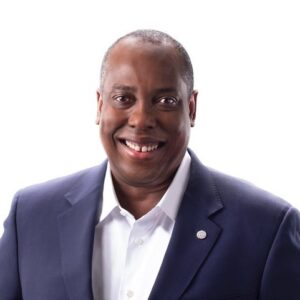 Steven Williams is the Chief Executive Officer of PepsiCo North America, overseeing a more than $48 billion business that spans PepsiCo’s Foods and Beverage operating units. His leadership encompasses more than 125,000 associates and over 900 locations across the U.S. and Canada. Steven joined PepsiCo in 2001 as part of PepsiCo’s acquisition of the Quaker Oats Company, which he joined in 1997, and has held leadership positions of increased responsibility since.
Steven Williams is the Chief Executive Officer of PepsiCo North America, overseeing a more than $48 billion business that spans PepsiCo’s Foods and Beverage operating units. His leadership encompasses more than 125,000 associates and over 900 locations across the U.S. and Canada. Steven joined PepsiCo in 2001 as part of PepsiCo’s acquisition of the Quaker Oats Company, which he joined in 1997, and has held leadership positions of increased responsibility since.